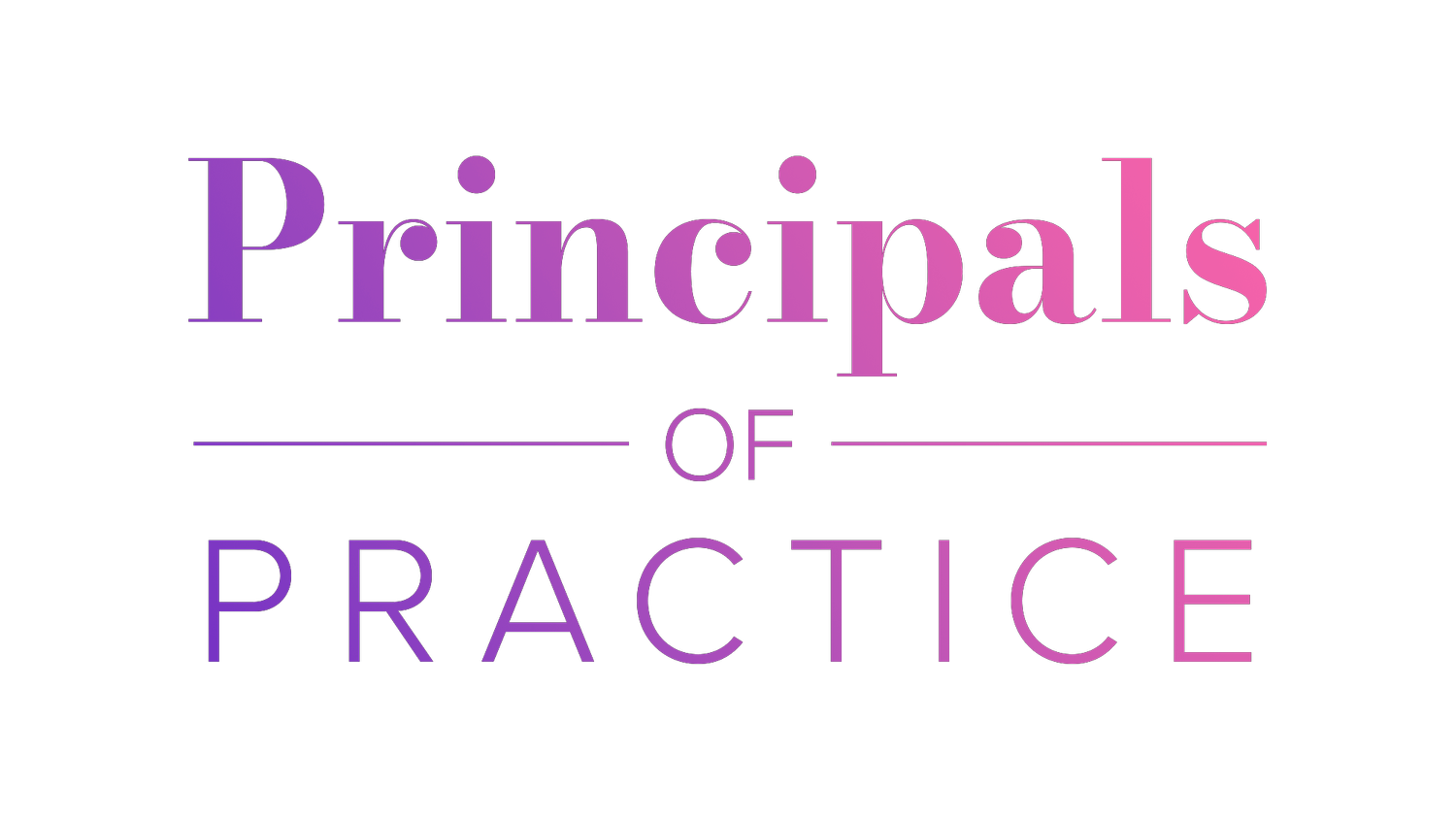Burnout: Taking control of stress when your boss doesn’t care
As we approach the end of the first quarter of 2021, the end-of-year exhaustion has, like an unwanted house guest, arrived early and is showing no sign of leaving. It’s probably not surprising, considering the eventful start to the year we’ve had and there is certainly a blurring of that “line in the sand” we drew when 2020 came to an end.
With continued stressors of economic uncertainty from rolling lockdowns, the scene continues to be set for burnout. Research into the state of burnout and wellbeing during the COVID-19 pandemic, conducted by workplace expert Jennifer Moss and others, revealed a marked unhealthy trend toward overwork and negative effects on health. The survey revealed that most respondents felt their quality of life and health declined as the stresses of their work increased because of the pandemic. The data revealed that:
· 89% of respondents said their work life was getting worse
· 85% said their well-being had declined
· 56% said their job demands had increased
· 57% felt the pandemic had a large effect on or completely dominated their work.
And burnout is not exclusive to executives and managers. In fact, this same research concluded that millennials have the highest levels of burnout due to having less autonomy at work, lower seniority and greater financial stressors and feelings of loneliness.
Screen time is a factor in fatigue
As well as feelings of loneliness and isolation, our screen time reached new levels of unhealthiness during the pandemic. Research by the National Bureau of Economic Research showed that the amount of time employees spend in screen meetings increased by 13% and the average workday is now 48 minutes longer.
‘Zooms’ or video calls are a major contributor to fatigue from working from home. Research from Stanford found that this modality is more tiring than other methods of communication because in front of cameras, our brains work harder to send and receive non-verbal cues, making us feel tired. This is compounded by reduced mobility, the intensity of up-close eye contact and the fatigue experienced by seeing yourself in real time.
Poor leadership is another key contributor to employee burnout, studies have shown. While this is certainly a critical issue that needs to be prioritised at an organisational level, that’s not helpful if you are in a workplace that does not effectively manage burnout, or is not showing signs of dealing with it. If you find yourself in that situation, you might wonder what you can do to better manage your own feelings of exhaustion and stress.
Manage your screen time: Moss recommends being discerning when it comes to running video calls: only invite those who are essential to the meeting, keep the time to 30 minutes or less and avoid scheduling back-to-back calls. She also advocates for audio-only calls to offer screen breaks. Consider which of these suggestions you might be able to bring into your work day.
Map your energy levels: Start to notice and track which daily tasks energise you and which ones leave you feeling drained. Also notice the times of day when you feel more motivated and when you feel weary. Armed with this information, ask what changes you can make to your schedule and workload to maximise your effectiveness.
Release the stress: Stress does not disappear from the body by virtue of a taxing event being resolved. Once you’ve completed a large project or ended a difficult conversation, residual stress remains in your body. In the book “Burnout: Solve Your Stress Cycle” Emily and Amelia Nagoski discuss seven activities that dissipate residual stress: physical activity, breathing exercises, positive social interaction, laughter, affection, having a big ol’ cry and creative expression. Consider which of these activities help you release stress.
Engage in meaningful dialogue: When dealing with others virtually or in person, having a strong sense of connection through meaningful conversation and building friendships is key to preventing and surviving burnout. Listening with an empathetic ear when conversing with others and building strong bonds around shared experiences can help with feelings of loneliness. Taking steps to open up conversations that help us realise that others can understand our situation can also help manage these feelings.
Unlock purpose: A sense of purpose has been shown to mitigate burnout. Does your work connect to your organisation’s mission in a way that feels important to you? Having a sense about why you do the work you do and the value you bring into the community might help fend off the feelings of cynicism and exhaustion that correlate with burnout.
Take control of burnout
It is clear that employee burnout requires intervention from the top, however that is not always forthcoming. Taking a proactive approach to addressing or preventing your own burnout can be a powerful solution when you’re exhausted and heading toward an unmanageable situation. Some people find working with a coach a useful way to assess a difficult work scenario and discover and implement strategies to manage stress more effectively. An executive coach can also help you broach conversations with your boss about what you need from them to manage your stress.
To find out more about how the coaching process can help you adopt a positive approach to avoiding burnout and protect your wellbeing, feel free to contact Katie@principalsofpractice.com.

